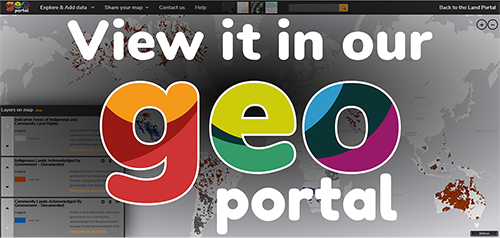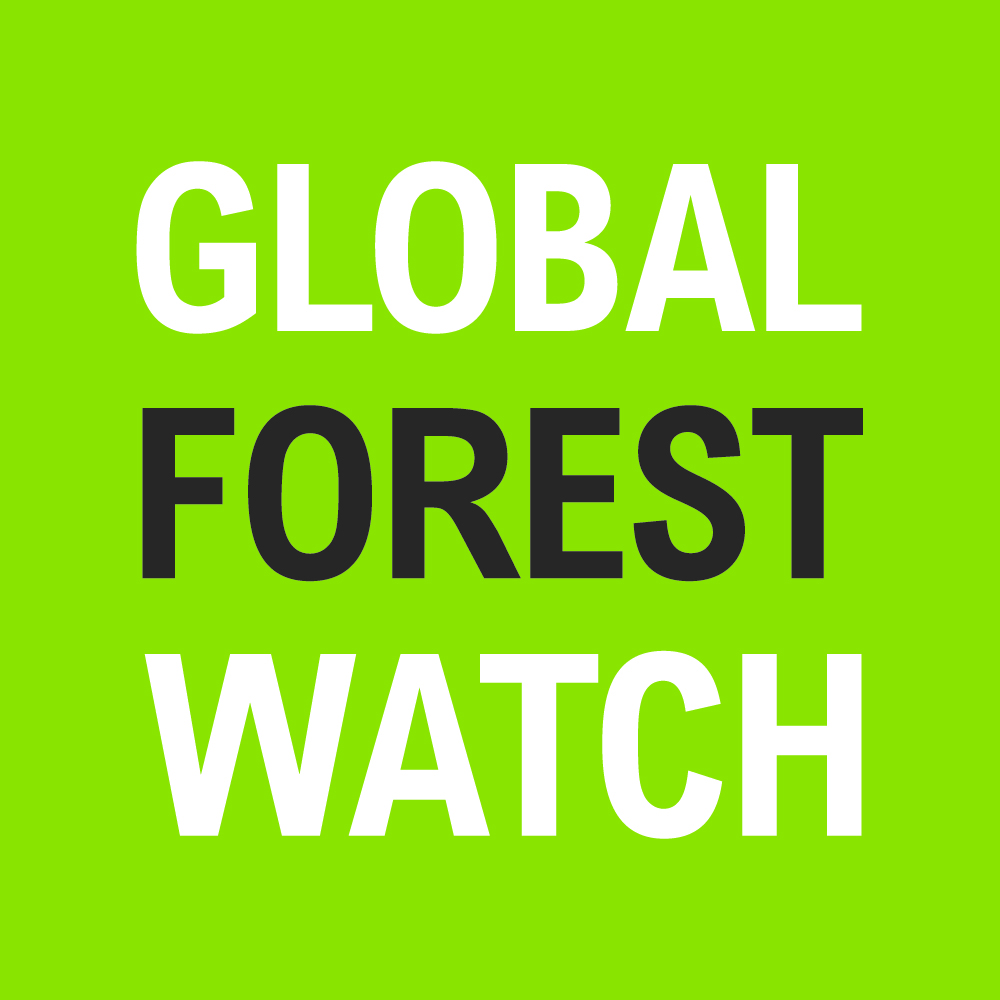
Global Forest Watch (GFW) is an online platform with map viewer which provides data closely related to global forest land. Hence, many data sets thematically overlap with the ones of interest to the land governance sector. The data set “Commodities” is a compilation of data related to concessions and usage rights for private initiatives. The data is not yet complete and only shows for a number of countries, depending on the selected layer. The Global Forest Watch (GFW) encourages experts to contribute to the data; the data is derived from the GFW Open Data Portal, where more information on contributing institutions is provided in detail.
View e.g. the layer "managed forest concessions" in our Geoportal
Why does data on commodities matter for the land governance community?
Data on concessions and usage rights indicate issues occurring by large investment causing land conflict and displacements, or, on the other hand, but may also be an indicator for sustainable economic activities for the rural population. Where concessions allow for large land acquisitions for e.g. palm oil plantations or where mining is allowed on land formerly used for housing or agricultural production, displacements occur. However, managed forests also allow e.g. bordering communities to sustainably use forest land and therefore sustainable conservation. Investments may involve a variety of actors, such as local smallholders, national governments, local investors, or foreign corporations, among others. Multiple international instruments and guidance documents shed light on best practices in the context of land investments. Section 12 of the Voluntary Guidelines on the Responsible Governance of Tenure of Land, Fisheries and Forests in the Context of National Food Security (VGGTs), for example, focuses specifically on investments, including those undertaken by smallholders as well as investments in land that encompass land rights transactions.
What is the status?
“Commodities” contain various layers ingested as the online-format Web Map Service (WMS) to the Geoportal, which is why the current status is displayed. The data is constantly updated and cumulatively extending.
What is the methodology?
The Global Forest Watch (GFW) gathers data related to forest and presents compilations in their Open Data Portal. The Methodology varies depending on thematic focus, as also on standards of the providing institutions.
What are the main results?
The continously improving compilation of data itself, viewable as spatial data in our Geoportal or via the GFW map viewer, is the result of the ongoing efforts of GFW.
Who is involved?
The GFW presents the compilation of data gathered by consulting various institutions. The specific providers depend on the specific layer displayed.
Related content on the Land Portal
VGGT: Governance of Tenure
Tenure is crucial to the livelihoods of billions of people. For many, their food security is linked to their tenure security. People with weak, insecure tenure rights risk losing their means to support themselves if they lose their access to natural resources. Women often have weaker tenure rights where there is discrimination in laws and customs. Tenure systems define who can use which natural resources, for how long and under what conditions. Many tenure problems are caused by weak governance and attempts to address them are affected by the quality of governance.
The data is provided by Global Forest Watch (GFW), but a compilation of concession data from varios contries and sources. Detailed copyright information can be derived in the Global Forest Watch Open Data Portal: http://data.globalforestwatch.org/.
Partners:
Donors:



